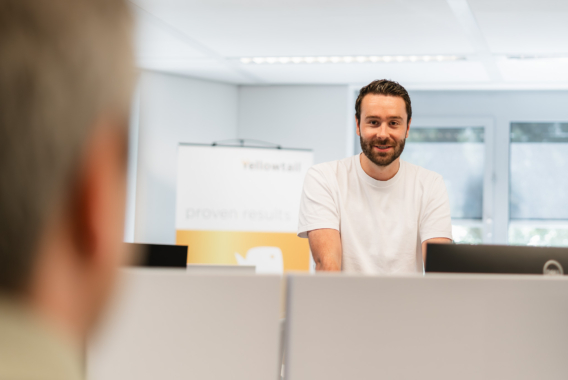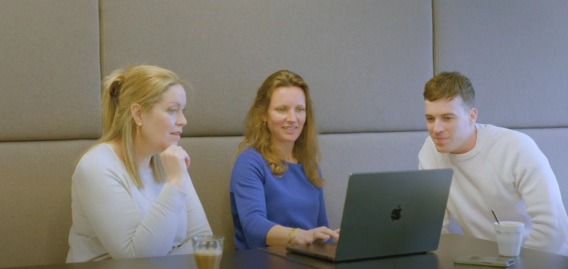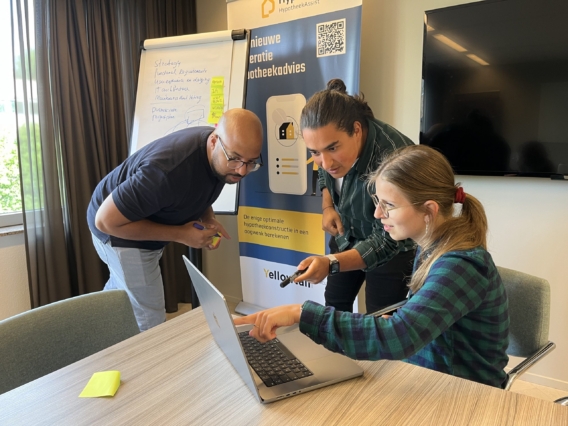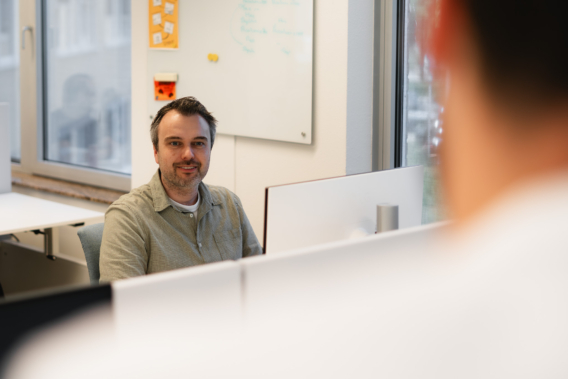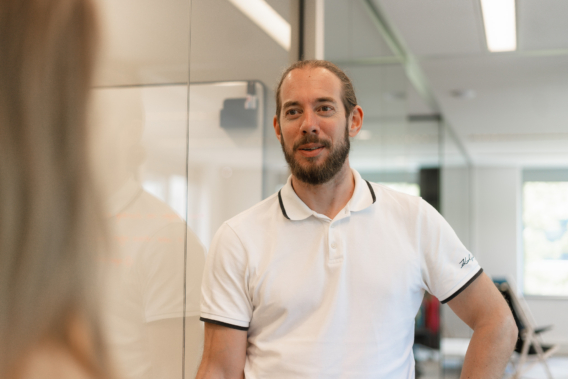Lack of incentive to take action
It is the challenge for pension funds and pension providers: how do we get our participants moving so that they start making good choices for their retirement? All kinds of efforts are being made to activate people. Yet this will only partly succeed. After all, a large group of people are not (yet) interested in pensions. You would think: don’t you want to get the most out of it so you will have as much as possible to spend when you retire? Many people are unaware of their retirement options. Do they think preserving what they have is more important than optimising it? Knowing that they can continue to live in their own home and do something fun from time to time is often reassuring for many people. But what if more is possible? Optimisation is not necessarily an incentive to take action, but is that why people don’t think it is important? Or is it still so abstract that people just don’t know where to start and therefore leave it?
Default for ‘doing nothing’
The main factor here is that while people do want to have money, most do not want to deal with it. It does not interest them enough, or it is unknown territory, or it is too far in the future so it remains too abstract – and so they are not likely to make choices for retirement. That will not change any time soon because these mental barriers have always been there. This means that pension funds and administrators will have to set something up for the group that does not take action. A kind of default that comes into effect when doing nothing. A choice of pension accrual with a neutral risk profile and optimised on the basis of what the pension fund or administrator knows about a participant. If you want to do that well, you will need to have deep knowledge of your participants and target groups. This requires market research. That costs money and is at odds with the focus on cost reduction at many pension providers and funds. In addition, many pension funds and administrators find accountability for market research complicated. They say: we are not a Amazon.com that will sell more if we know our market better. This is true. At least, as long as the obligation exists. When that comes off, knowledge of the market and target groups will suddenly be of interest to pension funds. Funds that invest in it now will soon have a huge head start.
Optimal scenario at the touch of a button
With developments in current technology, that default choice will soon become increasingly personal and specific. If you have a large amount of good data on a participant and get to know your target groups well through market research, you can use AI to calculate an optimal situation that is truly customised. At the push of a button, participants can then very easily choose the one pension situation that is optimal for them across all pots. This doesn’t even require a portal or website. It can also be an app that people can talk to. Sort of like a Google Home that asks questions without a visual interface. It all sounds a long way off, but it’s closer than you think. Technically, it is already possible – but there are certainly still some bumps to be taken.
On to that lower threshold
For instance, there are currently challenges with laws and regulations, and some things still need to be tied together digitally. But that is a matter of time. The most important challenge here will be winning trust. From pension funds and providers to invest in it and from participants to actually use such a tool. Of course, this starts with tests to show that such an AI tool really knows how to calculate the best scenarios for participants. After all, a lot of money is at stake. I expect these kinds of tools to prove themselves quickly. I think this is a good step. If participants can make a good choice for their pension with little effort, the threshold for actually making that choice will be a lot lower. Even after the introduction of the WTP.
